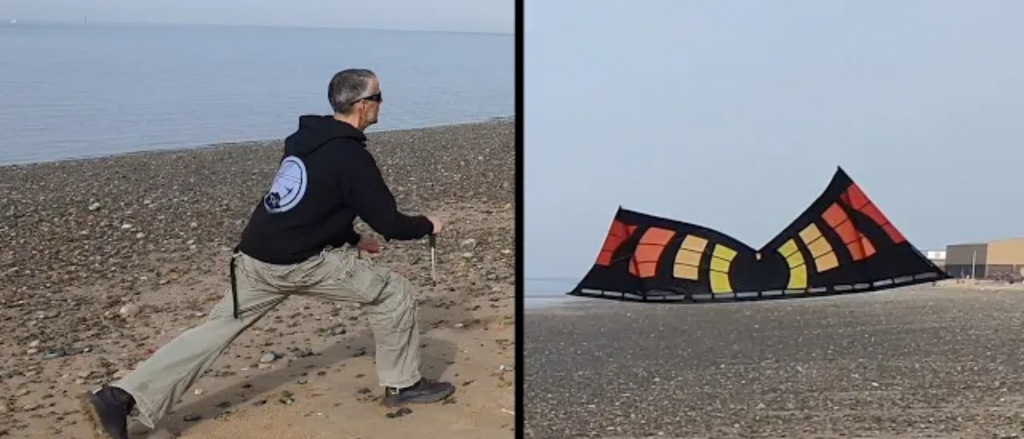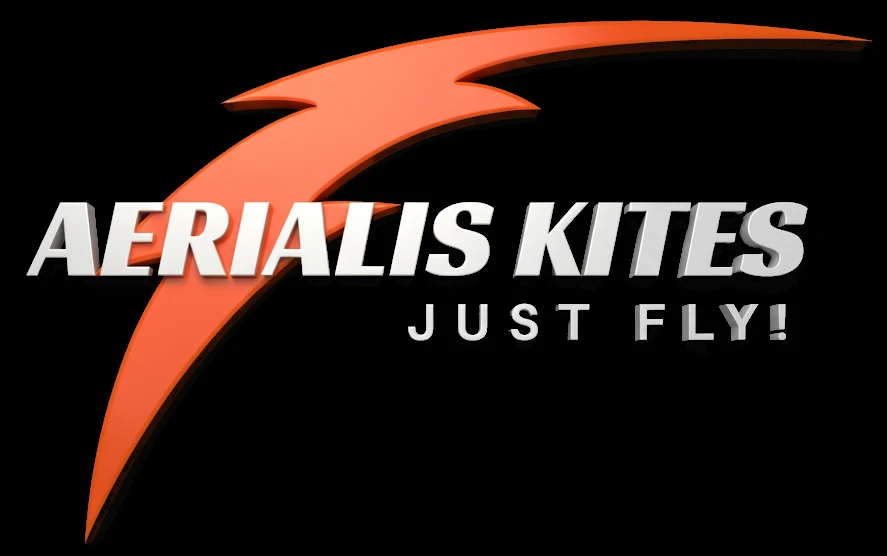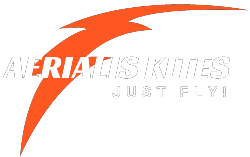The plan was to meet Jeremy at the NKM last year (2020). However, for unfortunate obvious reasons there was no NKM last year and we didn’t get the chance to meet. But fingers crossed for our lines to cross some day in the future!
While we’re waiting for that to happen, we both maintain our flying skills locally, and now Jeremy is sharing some of his skills with you in his brand new axel tutorial!

I happily send you in his direction and recommend you to take a look at his tutorial. Not just to to learn the axel, but the video itself is pure eye candy and a great inspiration to go fly a kite … axeling or not!
….and I just loooove those drone shots! ?
(Published with permission.)





2 responses
As is usually the case with your videos one is getting spoilt by the excellent video fotage. And the top view – literally adds a dimension extra! The video is an encouragement of the day to go out and get something other than one‘s current list of standard things to practice (though I tend to look for that in every kite video where it is possible). Also like the view of the wobbling (?) LE at 1:58. This normally too quick and (far away) on the other side of the lines to be possible to see.
## Keeping the Feet Moving
During the next session I’ll try to think (but not overthinking… 🙂 ) about the actual footwork during the axel and not only the kite and line tension/slack. To this point I have thought (within reason though 🙂 ) about the footwork as when doing racquet sports – you most often need to have your feet going and be constantly ready to move. Standing at rest and starting to run only when the ball is already coming is too late and simply takes too long time.
The kite trick that really taught me to keep on running forwards to keep the lines slack is the DLK 540 slack line trick. That took a long time to teach the feet to go on running after the kite was flared to complete the 540 rotation – for a long time before *finally* learning the trick, the feet just stopped there. So when I picked up tennis again a few years ago and the trainer told me to totally stop (and remain still) a bit from the net when doing volleys (essentially blocking the ball and one’s half of the court) I had a hard time to “de-program” myself to stop moving around – when running forwards to do something complex my mind was still “doing 540ies” keeping my feet going…
## Getting Started and Accumulating Actual Time Doing Axes
I can kind of relate to the overthinking you mentioned in a “doing it gets it done” way – you need to start and get a baseline to then navigate from. If you do an attempt, land the kite and think about it the number of times you actually axel during a session gets too low. My Skyburner Fulcrum got me over the “axel threshold”. It accepted sloppy axel inputs compared to a rev-like wing and therefore enabled me to actually spend time axeling. Once working there, the axel practice could then be transferred to my Rev B-series.
## My Current Focus, Issues and Ideas
Nowadays I mostly axel bridleless using my Rev Indoor (outdoors). Bridleless gets the axels very flat (nice), but they suffer from not staying (sideways) horizontal. It could be that with the Indoor with rather short lines that the kite is at an high angle in the “wind window”. When Iexecute the axel, the kite is slowly falling down like a flat leaf almost. Perhaps I’m simply and inadversly pulling one side so it tilts slightly downwards at the same time as starting the rotation? The other goal for axels is getting the axels flatter when using the B-series Revs.
Come to think about it, regarding axels, I have very much left to do and experiment with: Try/see-if-possible/polish/differentiate axeling from a side/samurai slide, when speeding the kite up before levelling it, double axel, combined with a throw… There is so much left to try and now you added 1.5 turn axel to the (growing) to-do list for the future.
Btw have you thought of that the QLK 1.5-turn axel you demonstrated in the video is very close to a DLK 540? Perhaps a case of wishful thinking (and certainly outside of my current skill set), but if it is possible to do a one tug rotation input when doing a 540 with a DLK, wouldn’t it be possible to do a one tug rotation input when doing a 1.5-turn axel with something as flat as a QLK (of the Hadzicki type)?
> As is usually the case with your videos one is getting spoilt by the excellent video footage.
Thank you, but this video is created by Jeremy Wharton!?